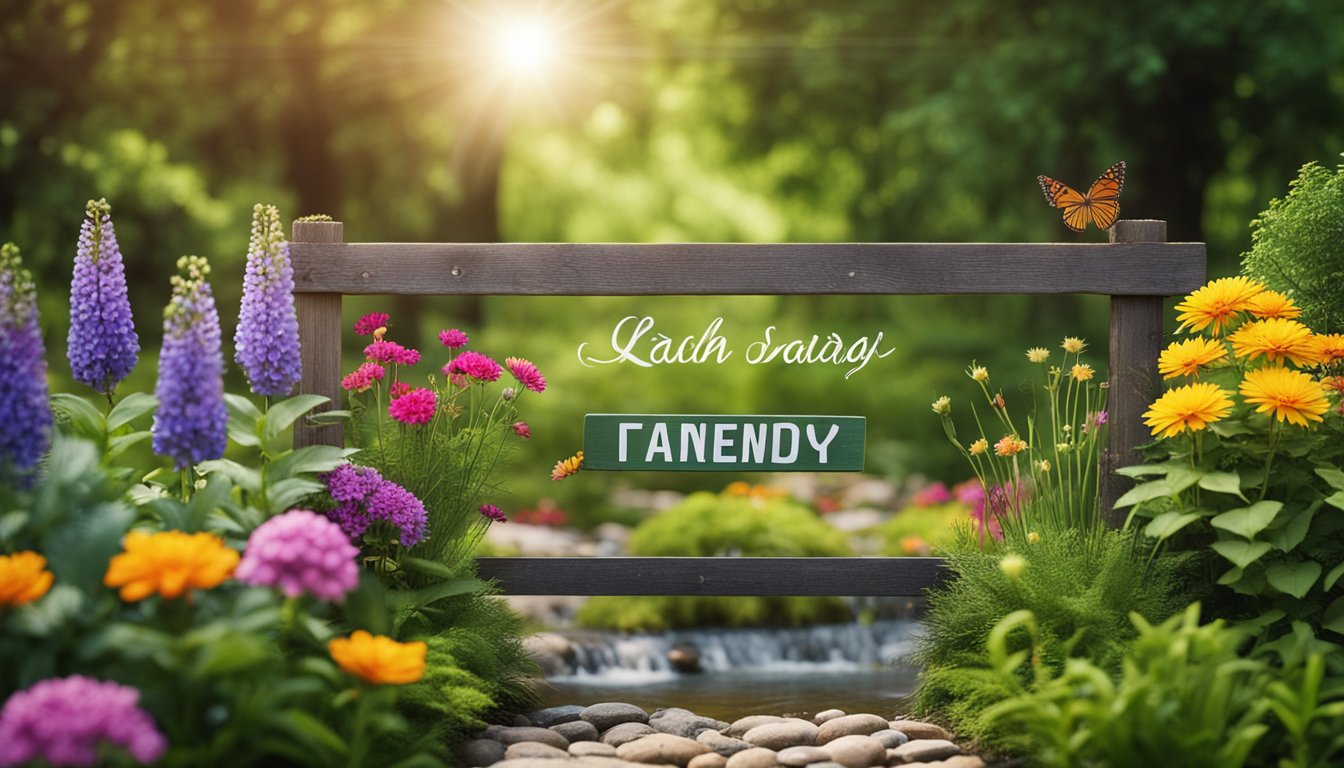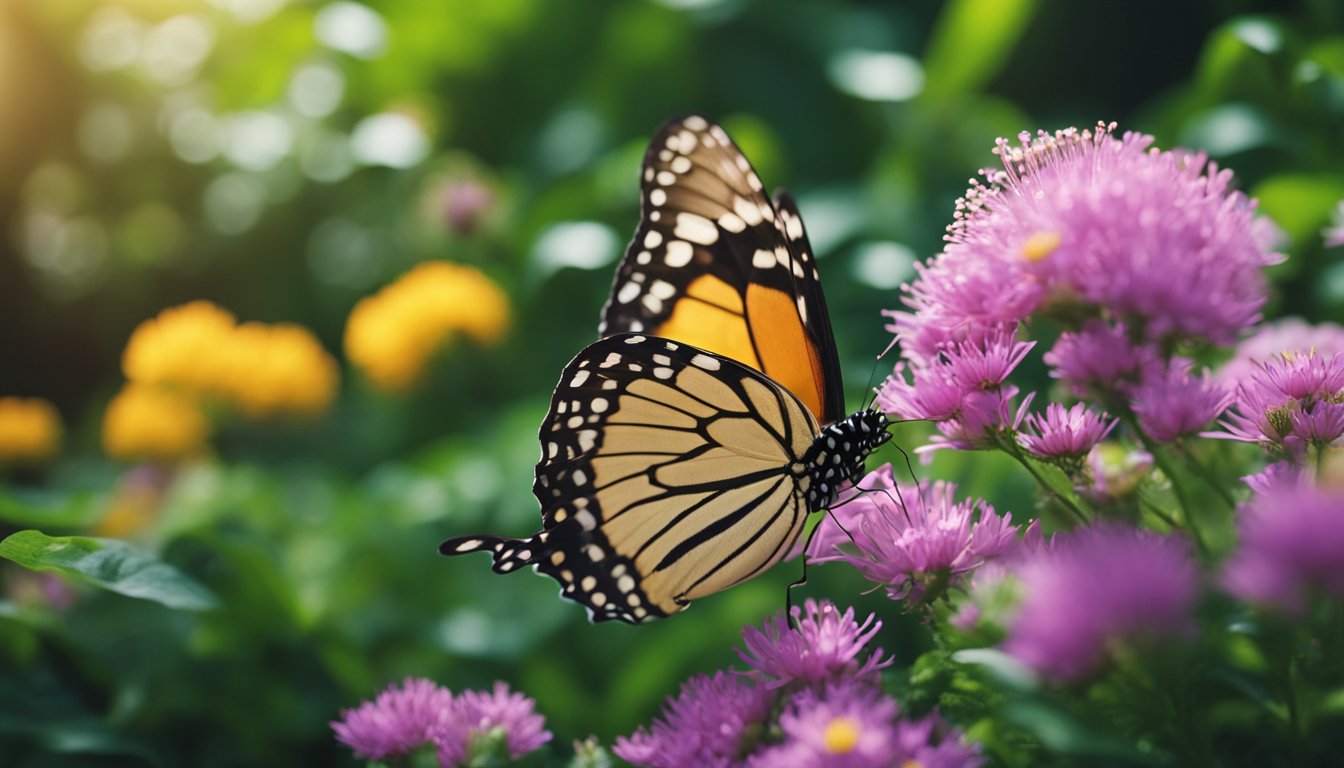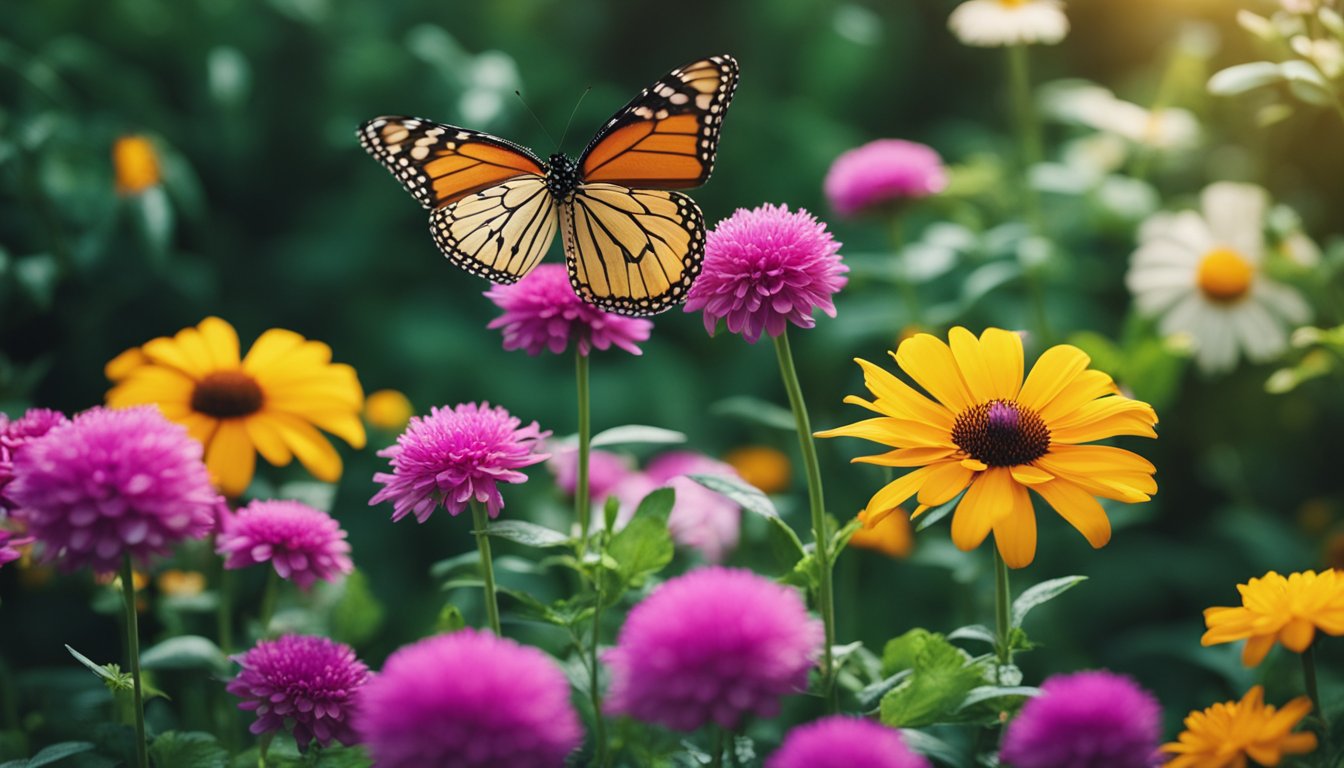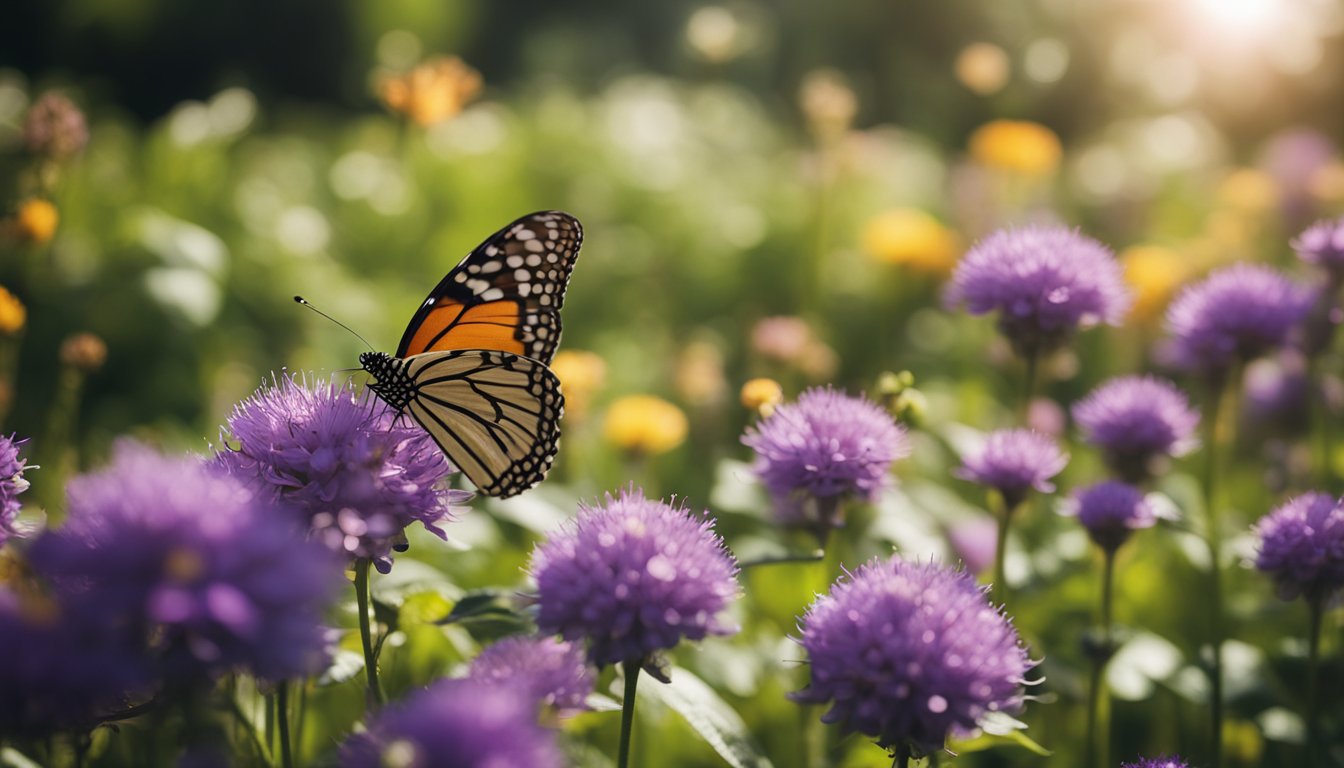Late updated: 22 Feb 2025 13:02
Written by: Emily Thornton
Creating A Butterfly Sanctuary In Your UK Garden: Tips for Success
Creating a butterfly sanctuary in your UK garden offers both a delightful spectacle and vital support to our local ecosystems. Butterflies are essential pollinators, and by inviting them into our spaces, we contribute to wildlife conservation. To transform your garden into a haven for these exquisite creatures, focus on planting native plants, enhancing the ecological balance and beauty of the surroundings.

A well-designed butterfly garden not only supports these pollinators but also adds aesthetic appeal to your property. From selecting the right plants like the Buddleja davidii to setting up simple water sources for drinking, each element plays a crucial role. Additionally, these gardens provide valuable educational opportunities for all ages, making it an enriching pursuit.
Maintaining the sanctuary ensures it remains inviting to butterflies and beneficial for the local ecosystem. Regular upkeep and knowledge sharing can enhance our understanding of ecology while boosting our property's value. This makes the creation of butterfly-friendly spaces a rewarding experience for nature enthusiasts and casual gardeners alike.
Key Takeaways
- Native plants are essential for attracting butterflies.
- Regular maintenance helps sustain a butterfly-friendly habitat.
- Butterfly gardens enhance local ecology and property appeal.
Creating the Ideal Habitat

Creating an ideal butterfly habitat in your UK garden requires careful planning and thoughtful plant selection. It's essential to understand how exposure to sunlight and the choice of plants determine the success of attracting butterflies and supporting their lifecycle.
Choosing the Right Location
Butterflies thrive in sunny spots, making it crucial to choose a location that receives direct sunlight for most of the day. An area sheltered from strong winds will help create a stable environment. Consider the garden layout to ensure butterflies can bask and flit comfortably.
Sunny borders are perfect for warmth-loving species. We should plan pathways to allow easy access for maintenance without disturbing these delicate creatures. Creating a diverse environment with shaded areas will also provide respite from extreme heat.
Selecting Plants and Flowers
Selecting a variety of nectar-rich flowers is key to attracting butterflies. Nectar-producing flowers like buddleia, lavender, and zinnias are excellent choices. These plants not only provide sustenance but also add vibrant colour to our gardens.
Including native plant species enhances biodiversity and supports local butterfly populations. We can incorporate a mix of annuals and perennials to ensure continuous blooming seasons, thus providing a consistent food source. Planting in clusters helps butterflies locate these vital resources.
Understanding the Importance of Host Plants
Host plants are fundamental to a thriving butterfly habitat, as they provide a place for butterflies to lay eggs and caterpillars to feed. Milkweed is a notable example, particularly for supporting the lifecycle of certain species.
By planting a range of host plants, we can cater to different butterfly species, increasing the garden’s diversity. Plants like wildflowers and butterfly bush also play vital roles. It’s important to research the specific needs of butterflies native to our region to ensure we’re selecting the right host plants.
Incorporating these elements strategically in our garden fosters a welcoming environment, encouraging butterflies to visit and flourish.
Maintaining a Butterfly-Friendly Garden

To keep our UK butterfly sanctuary vibrant year-round, regular maintenance and enhancements are essential. Key focuses include consistent garden upkeep to manage pests, boost biodiversity to attract a variety of butterfly species, and provide necessary shelter and hydration.
Garden Upkeep and Pest Control
Regular garden upkeep is crucial for a thriving butterfly habitat. Weeds and invasive plants should be promptly removed to prevent competition with butterfly-friendly flora. Deadheading blooms not only improves the garden's appearance but encourages further flowering, vital for a continuous nectar supply. Implementing organic pest control measures, like introducing natural predators or using organic sprays, helps protect caterpillars and butterflies from harm. Chemical insecticides and herbicides must be avoided to ensure the safety of these delicate creatures. Mulching around plant bases conserves moisture and deters weeds, creating a supportive environment for butterfly populations.
Enhancing Butterfly Biodiversity
Encouraging a rich variety of butterfly species involves planting a diverse mix of native flowers and shrubs. By doing so, we can attract species like red admirals and orange tip butterflies. To support all life stages, it’s important to include host plants for caterpillars and nectar sources for adults. Citizen science communities can provide insights into local butterfly species, guiding our efforts to cater to their specific needs. Consistent monitoring allows us to adjust plant varieties to seasonal and weather changes, ensuring our sanctuary remains appealing to an array of butterfly visitors. Sheltered spots shield butterflies from harsh conditions, supporting their life cycles.
Providing Shelter and Water
For butterflies to thrive, they require not only food but also safe resting places and hydration. Installing butterfly houses offers protection during adverse weather, giving them a retreat from wind and rain. Creating puddling stations with shallow water sources can supply essential minerals. These spots are popular gathering locations for butterflies seeking both moisture and nutrients. Placing these stations in sunny areas can encourage higher visitation rates. Additionally, dense grass and shrubs provide natural cover, doubling as shelter and resting areas in our sanctuary. With these efforts, we can cultivate a balanced, inviting environment for butterflies, enhancing their chances of survival and proliferation.
Frequently Asked Questions

In creating a butterfly sanctuary in the UK, attracting butterflies is dependent on choosing the right plants, understanding their life cycle, and thoughtful garden design. Rocks and butterfly houses can offer additional benefits and considerations.
How can one attract butterflies to a garden in the UK?
Planting a mix of host and nectar plants is crucial. Nectar plants like Buddleja davidii and lavender provide adult butterflies with food. Host plants, such as holly and nettles, support the caterpillar stage by offering a place to lay eggs and a food source.
What are the essential elements for creating a butterfly habitat?
Essential elements include varied plant types, a shallow water source, and sunlit areas. Plants must support all life stages, from caterpillar to adult. A shallow water feature can also provide necessary hydration in a safe manner.
What considerations are there for positioning and designing a butterfly garden?
Position gardens in sunny locations, as butterflies are cold-blooded and need warmth. Use varied plant heights to create microclimates and add seating for observing. Maintain distinct areas with different plantings to cater to both butterflies and other garden users, like children.
In what ways can a school garden be designed to provide for butterflies?
School gardens can include educational signs about butterfly life cycles and habitats. Planting diverse species attracts varied butterfly types, offering dynamic learning opportunities. Creating zones for observation can engage students in environmental learning and foster a connection with nature.
What are the benefits and considerations of installing a butterfly house?
Butterfly houses offer shelter from wind and rain. Careful placement is needed; they should be in a sheltered, partially sunny spot. While they attract butterflies, ensuring the surrounding area has the right plants is key, as the house alone is not sufficient.
Why are rocks an important feature in a butterfly sanctuary and how should they be used?
Rocks serve as basking sites, warming up in the sun to provide essential heat. Placing flat stones in sunny areas can create ideal resting spots, helping butterflies regulate their body temperature. Rocks can also add visual interest and natural division within the garden.
